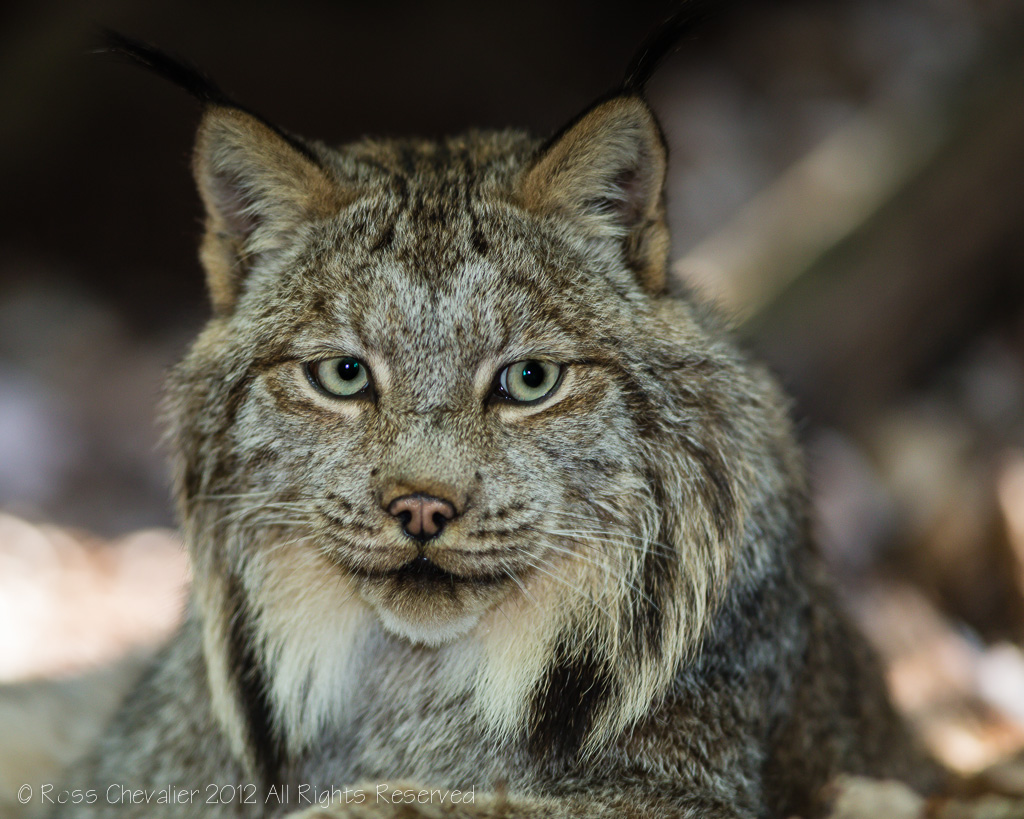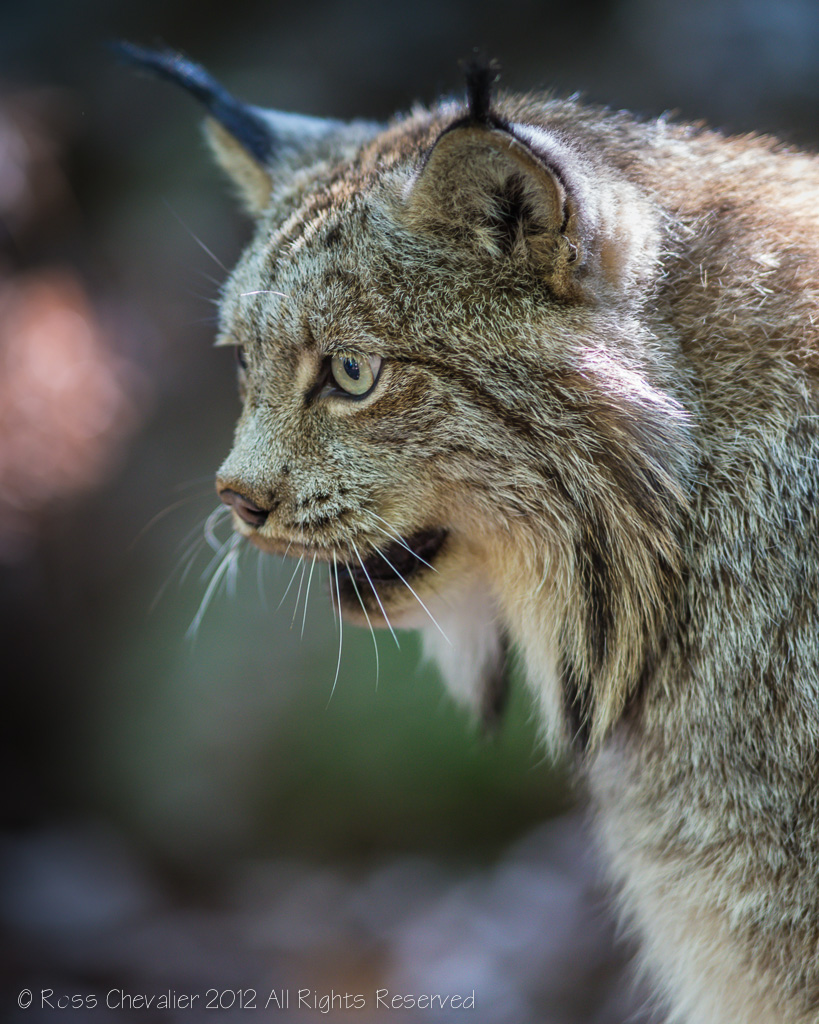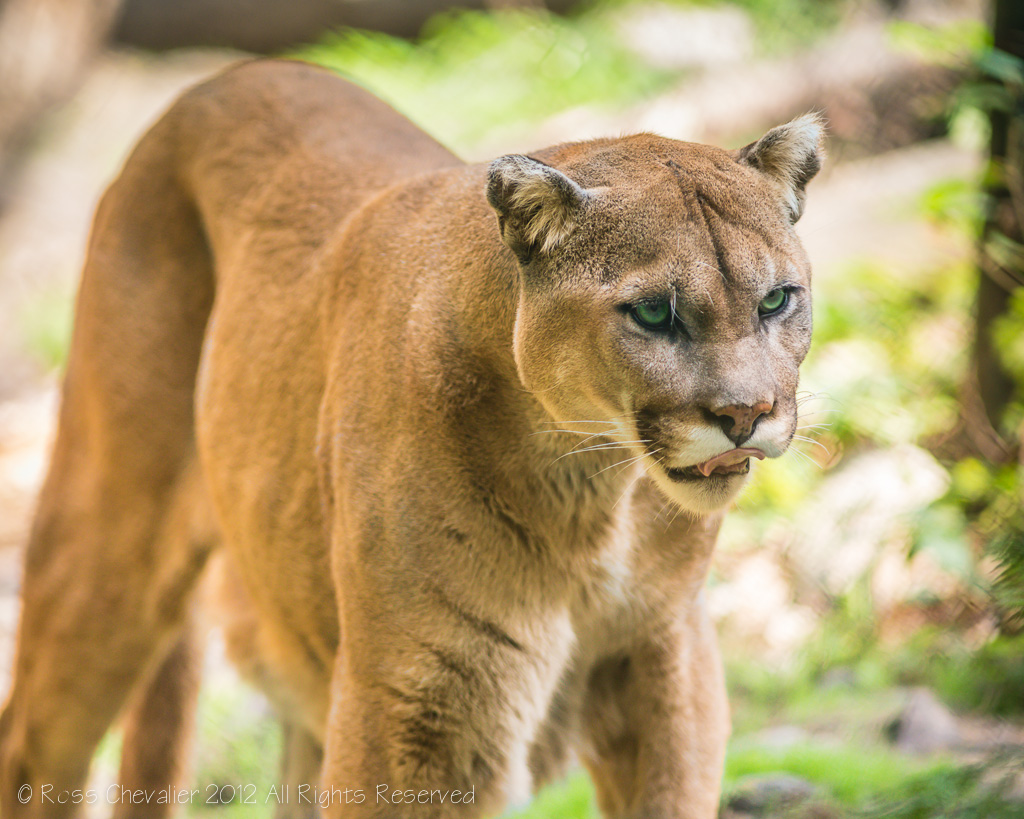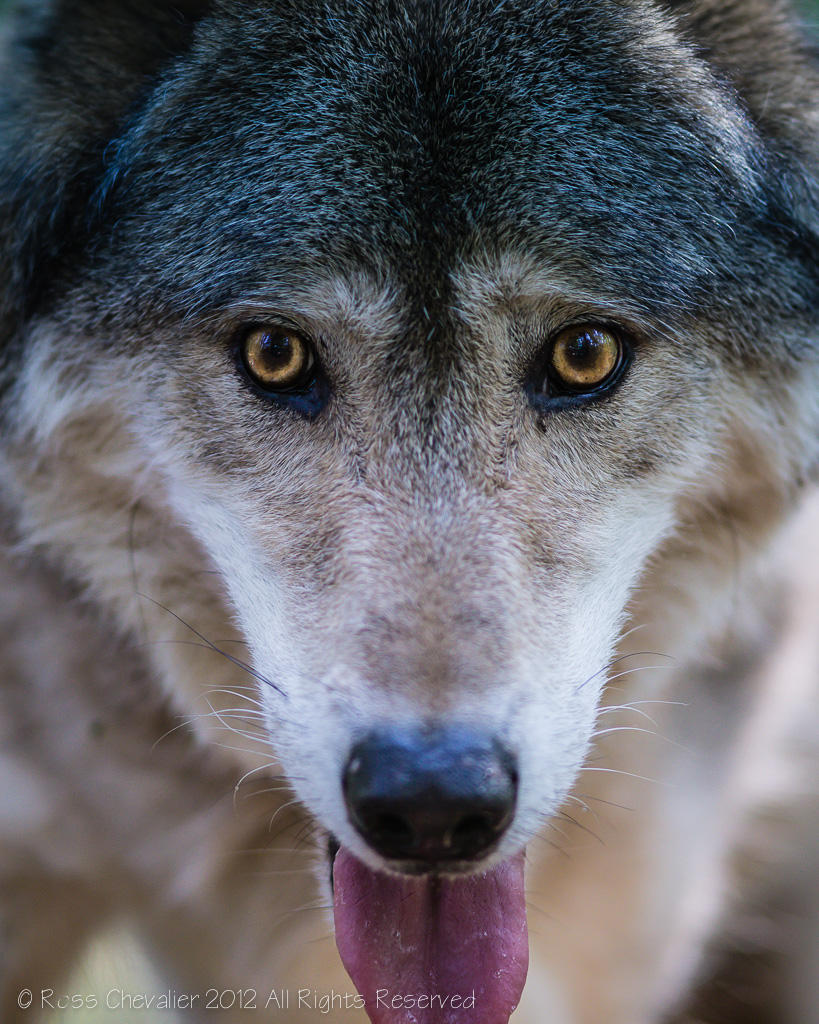REVIEW : Sigma 300mm f/2.8 EX APO DG HSM
/Lens reviews are tough to write. Some readers want the really deep detail spec review and while I can understand that, I dont have the resources of a DP Review and the idea of shooting photos of focus charts makes me somnolent. I value that information, I just dont have it in me to create it. I prefer to review a lens as I would use it, and with the kind support of the people at Gentec Canada, obtained short access to Sigmas 300mm f/2.8 super telephoto. After humping the thing around for seven hours on day one and using it exclusively, I am very impressed thus far. All images were shot with the lens mounted to a Canon 1Dx.
What All The Acronyms Mean
I think that the focal length and maximum aperture are pretty clear. The others, perhaps not.
- EX - refers to the finish of the lens body, both in terms of tactile structure as well as look. For me not slippery matters and EX delivers
- APO - refers to apochromatic elements which allow for very large elements without visible distortion, and in this lens the elements are ELD glass (see below)
- DG - means works on digital and film cameras, hence compatible with full frame bodies
- HSM - means ultrasonic focusing motor
The Build
- Construction - 11 elements in 9 groups
- Angle of View - 8.2 degrees
- Blades - 9
- Aperture Range - f/2.8 - f/32
- Closest Focus - 250 cm / 98.4 in
- Filter Size - 46mm Rear drop in
- Dimensions - 119 x 214 mm / 4.7 x 8.4 in
- Weight - 2400g / 84.7 oz
First Impressions
If youve never handled a lens that is nearly 2.5 kilograms (just over five pounds) this is a new feeling. While some reviews refer to the lens as lightweight, I cannot agree. Its not light, but it is compact given what you are carrying. A giant front element gathers lots of light and that could mean internal flare, but Sigma incorporates a pair of ELD (Extraordinarily Low Dispersion in their nomenclature) elements that make this a non-issue. The lens can be used with teleconverters and Sigma understandably recommends the use solely of their own converters. I did have either of Sigmas converters as part of the shoot and so cannot comment.
Forcing myself to work with one lens only, (I did carry my Canon 100-400L in my ThinkTank bag just in case) was fruitful. The days shoot involved getting into the pens with lynx, wolves, badger and owl plus close work with a mountain lion (although not in the pen with it). Depth of field at f/2.8 is what you would expect it to be, ultra-shallow. Focusing on the closest eye, the images are tack sharp when I did my job. The falloff into out of focus is soft and not jarring. I can see why wildlife pros like long and very fast glass. Stopping down as far as f/6.3 increases the depth of field as you would expect, but at that point, frame elements even off in the distance can become distracting and even net mesh in front of the subject (in the case of a bald eagle) still were apparent as bands of softness and low contrast.
Autofocus on the 1Dx is often referred to as screaming fast, and with the 300/2.8 mounted it snapped pretty quickly but I would not call it fast. The system is moving a lot of glass there, and while the HSM motor is very quiet, its not blazingly fast. I missed a couple of shots with a moving animal because focus couldnt catch up but it wasnt a serious problem. What was impressive is how much contrast the lens passes so the AF would work even on low contrast subjects.
Handling
The lens comes with a reversible bayonet mount lens hood with a lockdown screw. Mounting and unmounting is fast and easy. The lens cap is enclosed in a nylon tube thing that fastens over the hood but only when it is reversed. It does collapse mostly flat for stowing in a vest pocket but I would prefer the ability to use it securely when the hood is mounted for photography.
The lens also has (as it should) a tripod collar. This is a requirement and it works but if it were up to me, I would make a couple of changes. First is that it rotates freely and thats good but I would prefer to have landscape and portrait orientation notches or at least markings milled into the mount area. When the grub screw is backed off, the lens can rotate but it isnt smooth. Sigma uses a sort of grippy finish on the lens barrel which is I think a very good thing but I would have preferred that the area under the ring enable smooth rotation with a couple of milled stops as noted. The collar foot is very short, to accommodate the hood when reversed. Thats ok, but I would have preferred that the stand-off between the foot and the lens barrel be greater so I could mount a Really Right Stuff or other Arca Swiss style lens plate on more securely than I could. WIth a lens like this getting it on and off the head should be very fast and it could be better oriented to be quicker.
A taller foot would offer you more grip options as Sigma does on their 120-300/2.8 or 150-500/6.3 lenses and I would hope that they will consider this change.
Other reviewers have suggested that the lens should have strap lugs built on, and I agree. Some have sad you can get them after the fact but Sigma did not list them on the accessory page for the lens. You could of course screw a Black Rapid strap into the tripod hole or if using a plate as I do, connect it to your strap with a Really Right Stuff FAB-2.
Shooting handheld with the tripod collar on is absolutely possible although less than comfortable. If you want a more forward grip you are on the focus ring and with the short foot and short leg the hand tires more quickly.
Internal Filters
Internal filters only make sense on a lens like this. I like that Sigma went the route of being able to use standard 46mm filters in the drop in tray (some vendors require custom filters or gels only). The tray is a positive lock type. There is also a filter rotation ring (and as the lens came without documentation there was guessing as to what it was for) that allows the use of a polarizing filter in the filter drawer. Seems like a small detail but it is well executed.
The Shooting
Light conditions varied from specular to harsh sun, to full shade. In every case the lens performed very well. I was able to have the 1Dx in AI-Servo (continuous tracking focus) when photographing the wolves and it was keeping up even at 5fps. Balance was decent handheld and when mounted on the Gitzo monopod with RRS MH-02 monopod head, it was plainly a joy to shoot. I was spoiled by the bright image and the razor thin depth of field quickly and I had a higher than average keeper ratio than I am accustomed to with moving wildlife. I used the 600EX-RT for fill flash in many cases with Flash Exposure dialled to -1EV so as not to fully balance the daylight and only fill in eye sockets and the eTTL II flash metering worked as it should. I did not expect otherwise although I have read that sometimes fill flash exposure gets wonky when using very long lenses with very fast apertures.
There are a few sample images at the end of the post so you can see how sharp the lens is. All are converted to DNG on import to Lightroom and have basic processing applied before exporting as web ready JPEGs at lower resolution and 72dpi. When bringing the images in to Lightroom I was very pleased to discover that Lightroom had a lens profile defined for this lens and that is was recognized by the profile engine automatically. Lens profiles provide basic correction for vignetting and distortions and while I can see the differences with the profiles on or off, the adjustments are subtle, unlike some other lenses I have tested.
When you look at other options in this space, the glaring difference is that the Sigma 300/2.8 lacks optical image stabilization. While one can argue about whether OIS matters on wide angles, it is a boon on long telephotos, especially for sports or wildlife where you subject isnt sitting on a posing stool waiting for you to get on with it. For me, thats the single biggest gap the lens has.
Next Steps
The next step is to do a shoot comparison with Sigmas 120-300 f/2.8 zoom. Through the courtesy of Gentec and their relationship with Daytripper Photos Bryan Weiss, whom I teach for, I will get a chance to shoot the lenses side by side. The zoom is less expensive than the prime in retail environments and has optical stabilization where the prime does not. Where the prime has ELD elements, the zoom has FLD elements, and fluorite was first introduced in glass back in the 70s to combat chromatic aberration.
Pros
- Sharp
- Great bokeh
- Handles quickly
- Terrific contrast
- Rear drop in filter
Cons
- Tripod foot design
- Lens cap design
- No image stabilization
Thanks for reading. If youd like to purchase this lens, please use my link to B&H to support The Photo Video Guy.
For Canon
For Nikon














